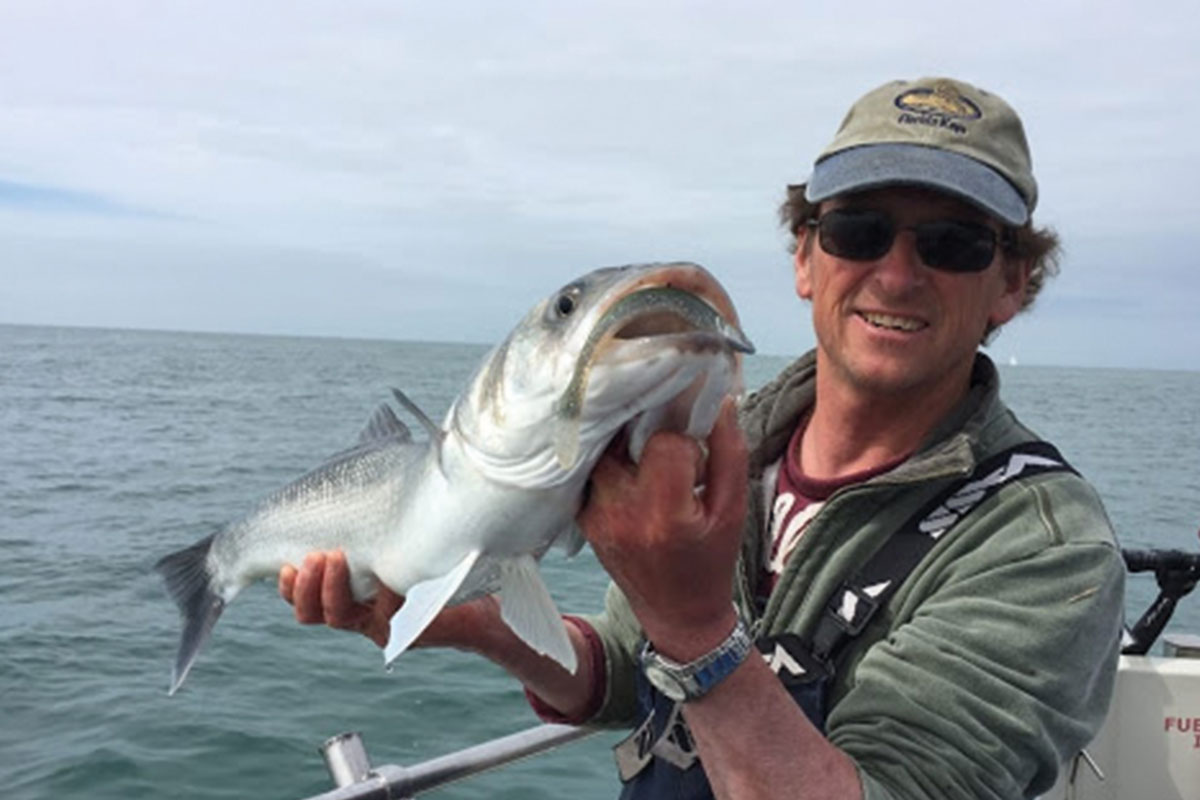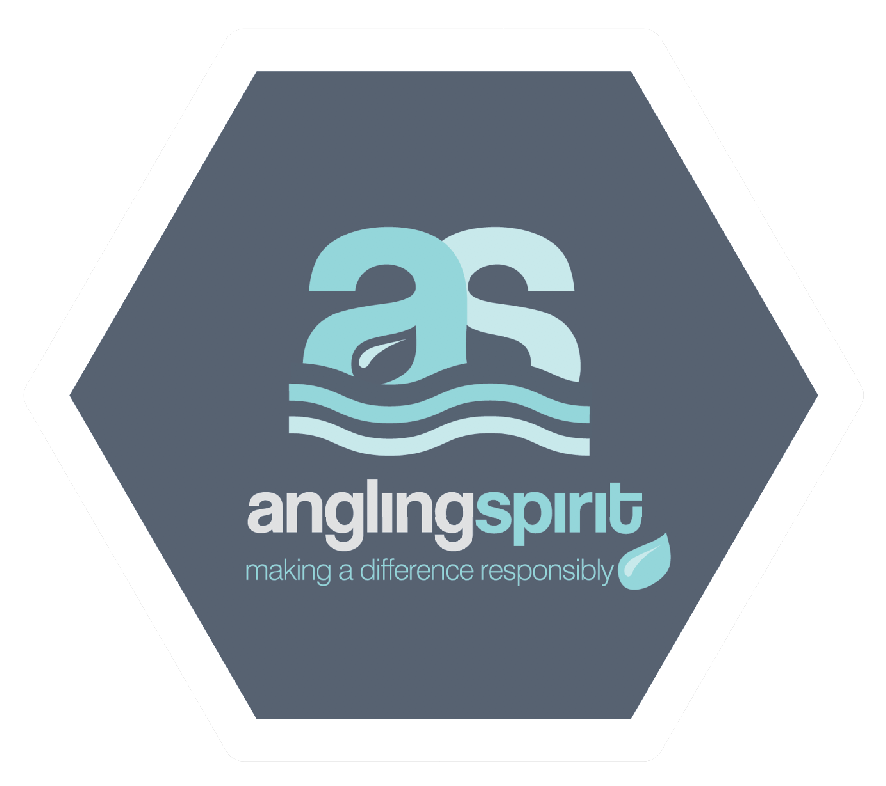Poole skipper, Steve Porter, gives us some tips on how best to treat fish you are planning to return to the water.
In the March edition of Saltwater Boat Angling, David Mitchell wrote about the new scientific report concerning the post-release mortality (PRM) of bass. You can read the full report online.
The report concluded that an impressive ninety-five percent of bass released by recreational sea anglers are likely to survive. This report is good news and is probably the reason why, in the short term, we have been allowed to continue to catch bass on a catch-and-release basis. You may recall that there was a move to ban us completely from targeting bass. The report may even pave the way to a reintroduction of a bag limit in the near future.
As the skipper of the charter boat, Trueblue, the report backs up what I already believed. We have practiced catch-and-release of many species, particularly bass, for a number of years, and, in almost every case, I see the fish swim healthily away. There are, however, a few exceptions. Sometimes I notice anglers, who have the best intentions to release their catch, but through lack of experience or knowledge, treat a fish in such a way, that it is unlikely to survive. As David Mitchell points out, the PRM of other species might also become the subject of scientific interest, so it’s worth highlighting here a few of the common mistakes that I have seen anglers occasionally make. Maybe with even better good practices for catch-and-release, we can demonstrate a higher PRM, which will certainly add to the reputation of the recreational sea angling sector.







